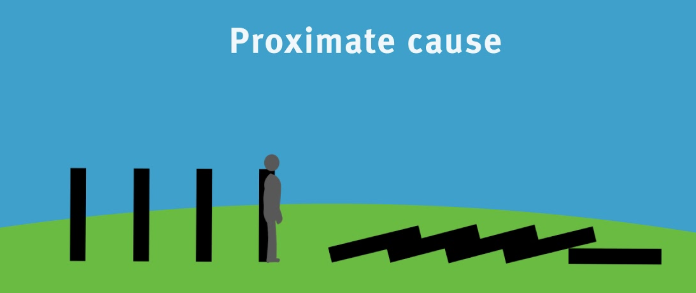Risk management
Risk management is a critical component of project planning. It involves identifying, assessing, and mitigating potential risks that may impact project success. In this article, we will discuss the key elements of risk management in project planning, its importance, and best practices for effective risk management in project planning.
Recently, my role has changed to Project Manager within Corporate FSI (Foreign Systems Interfaces) team at Universal Health Services. While I have been technically managing implementation, and new builds for our Acute facilities involving Physician Billing for the last two-three years, it’s nice to pursue this course, officially.
Key Elements of Risk Management
- Risk Identification: Risk identification involves identifying potential risks that may impact the project. Risks can come from various sources, such as technical, financial, operational, environmental, and human factors.
- Risk Assessment: Risk assessment involves analyzing the identified risks to determine their likelihood of occurrence and potential impact on the project. This helps project managers prioritize risks and allocate resources for risk mitigation.
- Risk Mitigation: Risk mitigation involves taking steps to reduce the likelihood of risks occurring and their potential impact on the project. This includes developing contingency plans, implementing risk management strategies, and establishing risk management processes.
- Risk Monitoring: Risk monitoring involves continuously monitoring project progress to identify new risks, assess their impact, and adjust risk management strategies accordingly.
Importance of Risk Management in Project Planning
Risk management is essential to the success of any project. By identifying potential risks and developing risk management strategies, project managers can anticipate and prevent potential problems that may impact project success. Effective risk management can help to:
- Minimize project disruption and delay: By identifying and addressing potential risks, project managers can avoid project delays, reduce rework, and minimize the impact of unexpected events.
- Optimize resource allocation: By allocating resources for risk mitigation, project managers can optimize resource allocation, reduce waste, and improve project efficiency.
- Enhance stakeholder satisfaction: By mitigating risks and delivering the project on time and within budget, project managers can enhance stakeholder satisfaction and build trust and confidence in the project team.
Best Practices for Effective Risk Management in Project Planning
- Involve stakeholders: Involve all stakeholders in the risk management process to ensure that all potential risks are identified, assessed, and mitigated.
- Use a systematic approach: Use a systematic approach to risk management, such as the Risk Management Plan (RMP), to ensure that all potential risks are addressed and that risk management strategies are consistent and effective.
- Prioritize risks: Prioritize risks based on their likelihood of occurrence and potential impact on the project. This helps project managers allocate resources effectively for risk mitigation.
- Develop contingency plans: Develop contingency plans for identified risks to minimize their impact on the project. Contingency plans should be well-defined, communicated to stakeholders, and regularly reviewed and updated.
- Monitor and review risks: Continuously monitor and review risks to ensure that risk management strategies are effective and that new risks are identified and addressed promptly.
In Summary
Risk management is a critical component of project planning. By identifying, assessing, and mitigating potential risks, project managers can optimize resource allocation, minimize project disruption and delay, and enhance stakeholder satisfaction. To ensure effective risk management in project planning, project managers should involve stakeholders, use a systematic approach, prioritize risks, develop contingency plans, and monitor and review risks continuously. By following these best practices, project managers can ensure that potential risks are identified and addressed proactively, leading to project success.
#infobymattcole
 You can check out Matt’s LinkedIn account, Youtube Channel, or Podcast.
You can check out Matt’s LinkedIn account, Youtube Channel, or Podcast.Introducing my new books, ‘The Art of Critical Thinking’ and ‘The Critical Thinking Model’. Both can be read for free with Kindle Unlimited or $2.99 each via Kindle.





One Comment
Comments are closed.